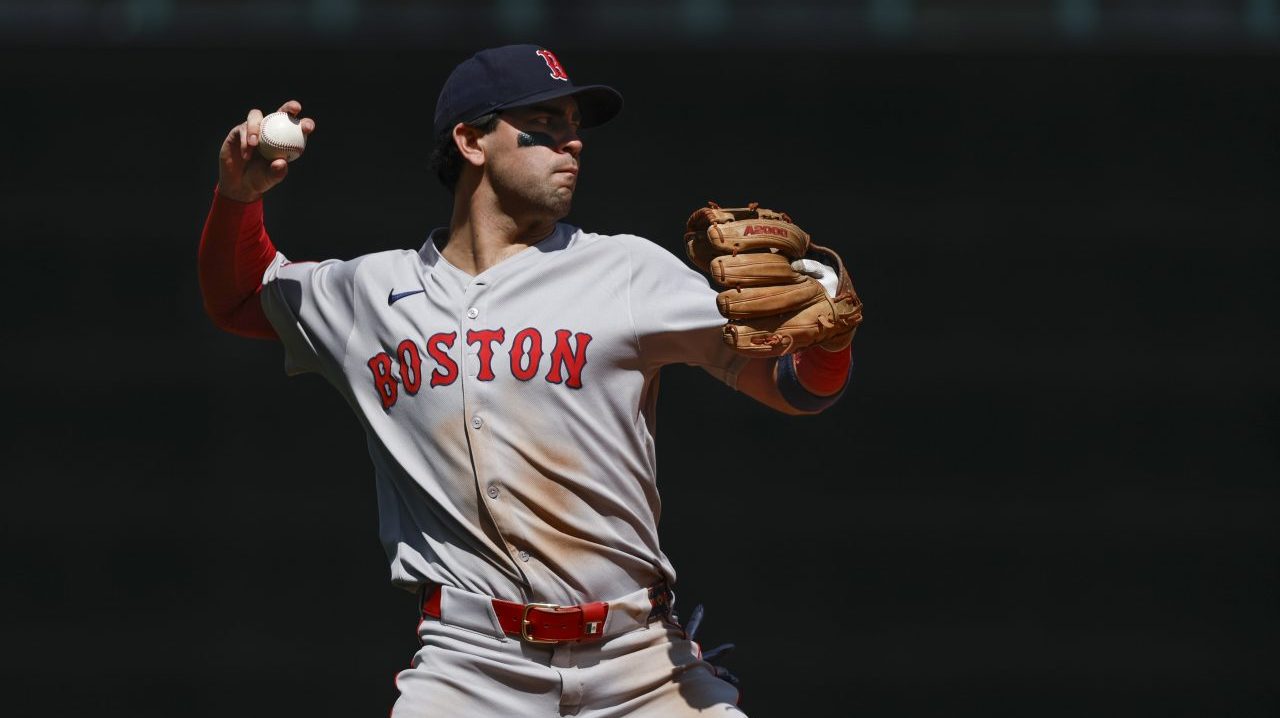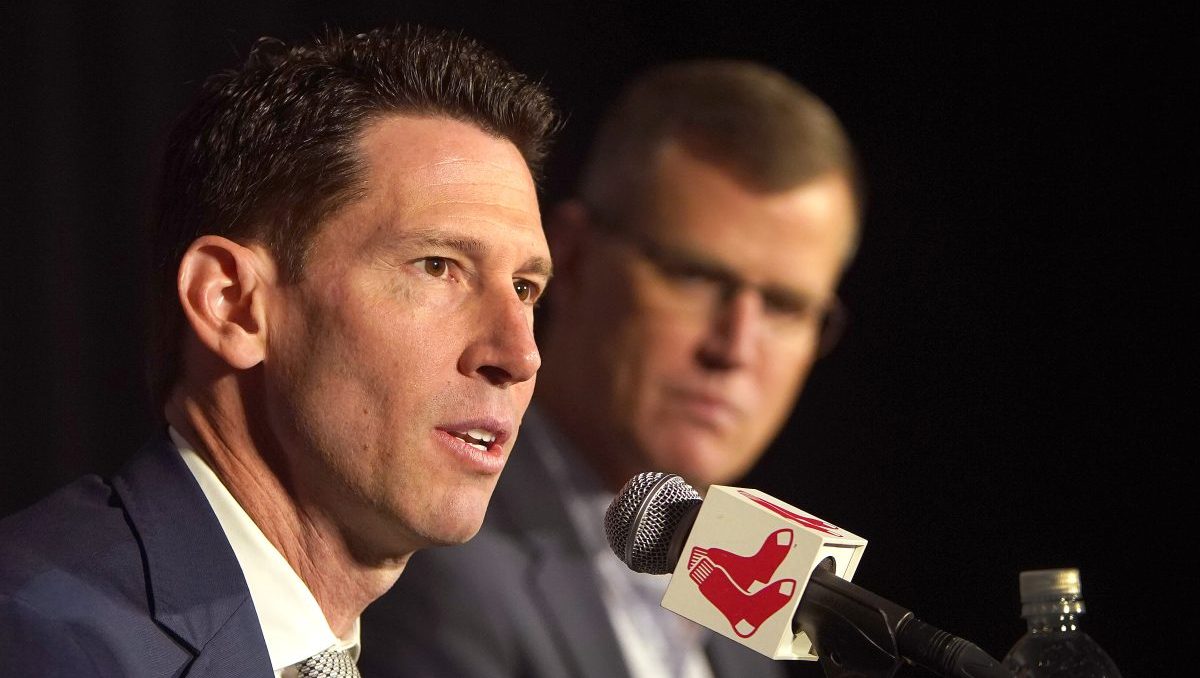Name a veteran Red Sox pitcher who exceeded expectations this season, and you'll understand why the team revamped its coaching structure on Tuesday.
The list is short: Eduardo Rodriguez and Brandon Workman. If you want to include rookies Marcus Walden and Josh Taylor, that's fine, but technically they arrived with zero expectations.
The heavy hitters flamed out. Former Cy Young Award winner Rick Porcello posted one of the worst ERAs in baseball while trying to force the team's fastball-up, offspeed-down mantra that never really fit his repertoire. Ace Chris Sale delivered the worst record (6-11) and ERA (4.40) of his career. Nathan Eovaldi got hurt. David Price got hurt. Ryan Brasier crashed and burned. Matt Barnes flamed out. On a smaller scale, Hector Velazquez and Brian Johnson regressed.
Following such a disappointing performance, change was inevitable, and on Tuesday it came swiftly. Pitching coach Dana LeVangie is out, retained as a pro scout as he closes in on 30 years with the organization. Assistant pitching coach Brian Bannister has also been reassigned, primarily to the minor leagues, as a VP of pitching development. Advance scout Steve Langone will join LeVangie in pro scouting.
It's tempting to say that injuries to Sale, Price, and Eovaldi cost these men their jobs, and there's some truth to that, but the Red Sox struggled as a staff all year in ways that suggested they were falling behind the times.
Their anti-launch angle approach failed to take into account rivals like the Astros and Yankees, who began to adjust offensively with more level swings that still allowed them to produce record home run totals, especially against fastballs up in the zone — 288 for Houston, 306 for New York — without sacrificing the ability to put the ball in play. The Astros struck out less than any team in baseball, and the Yankees led the AL in line drives.
Red Sox pitchers took a chase approach that became predictable, particularly in the bullpen, where it felt like every reliever threw either fastballs above the letters or curveballs in the dirt. The Red Sox walked more batters (605) than every team except the Marlins, and not even a franchise-record 1,633 strikeouts (10.0/9 IP) could compensate.
Their attempts to simplify the game plan only seemed to make things more complicated. In an act of paranoia straight out of a '70s thriller, they chose to combat sign stealing with something requiring the constant consultation of nuclear codes. Watching Red Sox pitchers step off the mound, scrutinize index cards tucked into their hats, and then give it up anyway became one of the most frustrating sights of an extremely frustrating season.
Boston Red Sox
Find the latest Boston Red Sox news, highlights, analysis and more with NBC Sports Boston.
All of that said, LeVangie would probably still have a job if he had been able to unlock Sale. The team insisted all season that the left-hander's problems were mechanical, even though he ended up shutting it down with elbow issues in August. While his average velocity has dropped considerably from its Red Sox peak of 98 mph in June and July of 2018, the southpaw was still hitting 98 mph this August.
So why were his results so mediocre despite strong peripherals (35.6 K percentage, 3.39 FIP)? He lacked fastball command early in the season, especially up in the zone to right-handers, and his slider periodically lacked bite, too. His slugging percentage allowed on fastballs jumped over 100 points, to .447. His foul ball percentage on sliders — typically a put-away pitch — jumped from 13 percent to 19 percent.
Those are the kinds of results that, fair or not, LeVangie is judged upon, and they were consistently lacking in 2019. The job won't be any easier for his replacement, whose primary task will be keeping the rotation's Big Three healthy and effective. That might be a losing battle.
Red Sox 2019 Report Card: Champs failed the test>>>>>
Click here to download the new MyTeams App by NBC Sports! Receive comprehensive coverage of your teams and stream the Celtics easily on your device.


